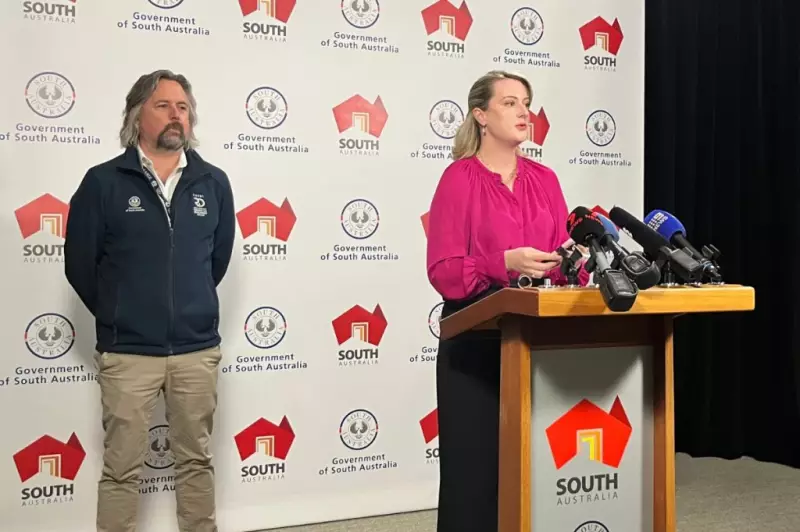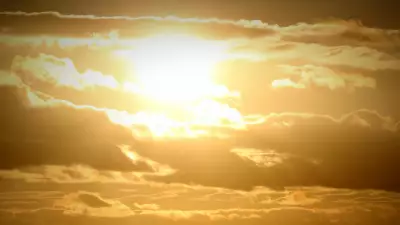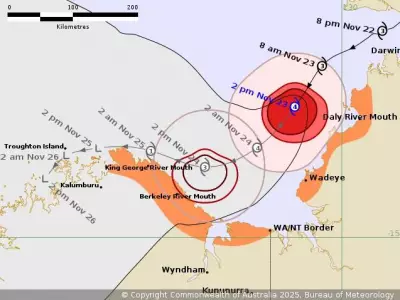
A top South Australian scientist has publicly dismissed allegations of a cover-up concerning the harmful algal bloom affecting the state's waters. The rejection comes as new testing data pinpoints the specific locations recording the most severe readings of the dangerous toxins.
No Evidence of a Cover-Up, Says Leading Expert
Professor Mike Steer, the Executive Director of the South Australian Research and Development Institute (SARDI), has firmly rejected any suggestion that authorities are hiding information about the species likely producing brevetoxins. These potent neurotoxins can be harmful to marine life and human health.
The professor's statement was delivered alongside Environment Minister Lucy Hood during a crucial algal bloom update on the morning of November 14, 2025. The briefing aimed to provide transparency and the latest scientific findings to the public.
Latest Data Reveals High-Reading Hot Spots
As part of the ongoing monitoring effort, the most recent testing has successfully identified several hot spots across South Australia. These are the areas where concentrations of the algal bloom and its associated brevetoxins are at their peak.
While the exact locations were detailed in the press conference, the revelation provides critical information for local communities, fishermen, and tourism operators. Knowing where the highest readings are allows for better risk management and public safety measures.
Official Response and Ongoing Monitoring
The joint update from Professor Steer and Minister Hood underscores the government's commitment to addressing the harmful algal bloom with a science-led approach. The situation continues to be monitored closely, with SARDI and environmental agencies conducting regular water sampling.
This proactive stance is vital for managing the environmental and economic impacts of the bloom, particularly on aquaculture and coastal activities. The public is urged to stay informed through official channels and heed any health advisories related to water contact or seafood consumption from affected areas.





